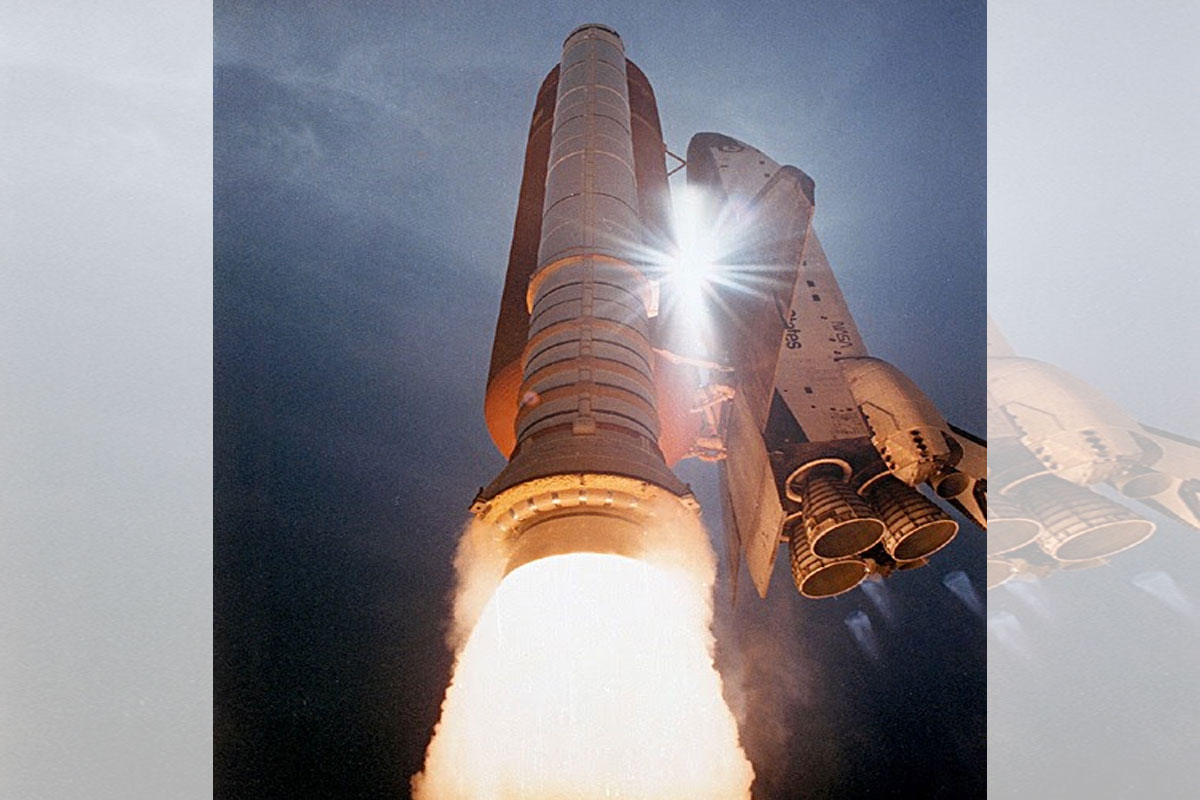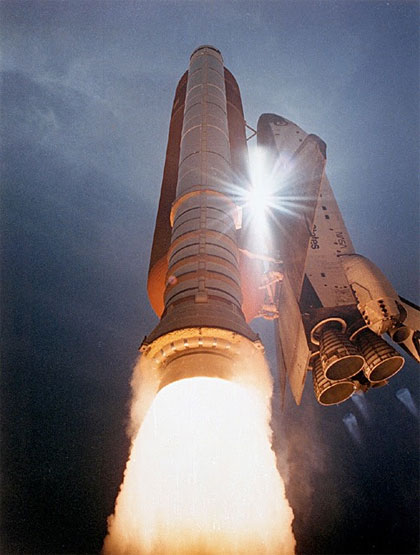
Why Did NASA Stop Using Space Shuttle To Fly To The ISS?
By Vicky Verma
For thirty years, the Space Shuttle program has been a symbol of the American manned space program. Shuttle astronauts performed many extremely complex and unique tasks, including, for example, putting into orbit and assembling the nodes of the American segment of the ISS.
Why then, after 30 years of faithful service, the shuttles were sent to the museum? Let’s get it right.
When the shuttle project appeared, NASA had impressive plans: the construction of a huge (several times larger than the ISS) orbital base, the construction of a near-moon orbital base and laboratory on the lunar surface, the launch of a large number of scientific equipment and satellites into orbit, manned flights to Mars, etc.
Space Shuttle
 Space Shuttle Launch
Space Shuttle Launch
Space Shuttle, a high-capacity space truck with a spacious cargo compartment, was obviously an integral part of these plans and a necessary condition for their implementation since it would require the delivery of a huge amount of cargo into orbit.
However, when these plans were offered to President Richard Nixon, he was slightly saddened to see the estimate and cut everything down as it was too expensive.
Then NASA decided to abandon most of the plans but keep at least Space Shuttle. To do this, they rebranded it and submitted a program that will pay for itself by launching commercial satellites into orbit. Suddenly, the shuttle program was supported by the military, which also needed means of launching reconnaissance satellites into orbit.
All this led to the fact that in April 1981, the shuttle made its first flight and remained the flagship of the American astronautics for three decades until, in 2011, the shuttle program was finally phased out.
The problem of the shuttles turned out to be that they did not live up to expectations of self-sufficiency and did not become economically feasible. Moreover, the further they were used, the less profitable they became. If in the first ten years of the program, the Shuttle’s business went very well and they beat off their value, then with the beginning of the 90s, and then the 2000s, the shuttle’s profitability fell dramatically.
This is due to the miniaturization of electronics in general and satellites in particular. If in the 60-70s (when the Shuttle was being designed), the satellite could easily weigh several tons and have a dozen meters across, then the size and mass of modern satellites are much less. Many modern orbiters in general have a maximum cross-sectional size of less than a meter and a mass substantially less than a ton.
But the dimensions of the cargo compartment of the shuttles (18 meters in length, 4.5 meters in diameter) just laid the dimensions of the reconnaissance satellites. As a result, if in the 80s, the shuttle could put into orbit a couple of satellites per flight and go into profit, then already in the 90s, the vast majority of shuttle launches were unprofitable.
After the construction of the ISS was completed, it turned out that there were no more direct tasks to deliver heavy cargo into orbit for the shuttles, and driving them for the sole purpose of delivering people to the ISS was unreasonably expensive. One launch cost an average of $450 million.
As a result, the shuttle program was canceled and for 9 years, American astronauts, by agreement with Roscosmos, flew the ISS on Russian Soyuz spacecraft until finally, the first manned flight to the Dragon-2 spacecraft, which marks the new Stage of the American manned space program.
howandwhys.com



















